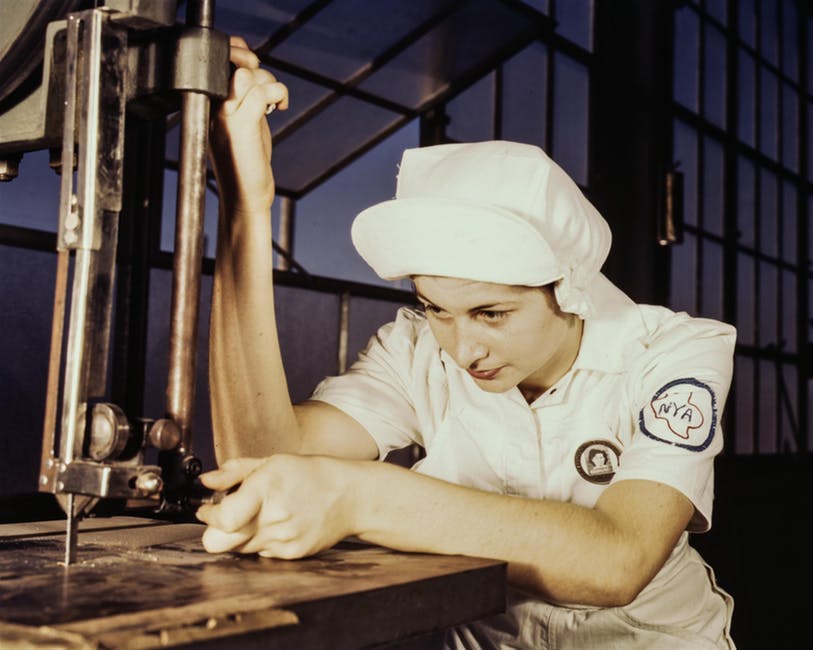
In the competitive world of manufacturing, product quality is not just a differentiator; it is a necessity. Achieving high-quality standards entails more than just rigorous testing and quality control at the end of the manufacturing process. Effective product lifecycle management (PLM) is critical for maintaining consistent quality from concept to completion. Manufacturers can improve processes, reduce defects, and deliver better products by integrating all phases of a product’s lifecycle—design, development, production, and post-market activities. This article explores the critical elements of manufacturing product lifecycle management and explains how they contribute to enhancing product quality.
Comprehensive Design and Development Processes
A strong process of design and development lays the groundwork for high-quality products. It is crucial to get this phase of the product lifecycle right from the beginning since it sets the scene for all other phases. Every facet of the product, such as materials, manufacturing feasibility, and usefulness, is considered throughout a well-organized design process. Teams can avoid expensive production phase issues by identifying possible design defects early on and addressing them with modern simulation tools and collaboration platforms. Incorporating market research and customer input into the design process also guarantees that the final product will satisfy industry norms and consumer expectations. The foundation of manufacturing product lifecycle management is an all-encompassing approach to design and development because it provides a clear route to producing high-quality results.
Streamlined Production Planning and Execution
After a product’s design is complete, attention turns to organizing and carrying out the manufacturing process. Production processes are carefully planned and carried out to uphold the highest quality requirements when they are managed effectively. This includes standardizing processes for all manufacturing lines, guaranteeing that supplies and components meet standards, and streamlining the supply chain. This method relies heavily on advanced manufacturing techniques like automation, lean manufacturing, and Six Sigma as they lower waste, boost efficiency, and decrease variability. Furthermore, real-time monitoring and data analytics enable manufacturers to quickly identify and address any issues that arise during production, reducing defects and ensuring that every product that leaves the factory floor meets the established quality standards.
Rigorous Testing and Quality Assurance
Essential stages of the product lifecycle that have a direct influence on product quality are testing and quality assurance. In the context of manufacturing product lifecycle management, these processes are integrated throughout the entire lifecycle, not just at the end of production. Thorough testing is a key component of this continuous approach to quality assurance, and it occurs at many levels, from early prototypes to finished production units. Manufacturers can identify and address problems early in the process by using sophisticated testing techniques, such as automated inspection systems, stress testing, and environmental testing. This proactive approach lowers the likelihood of defects reaching the market while increasing overall product reliability.
Moreover, integrating test input into the design and production stages guarantees ongoing improvement and promotes increased quality benchmarks.
Effective Change Management and Continuous Improvement
Any production environment will eventually experience change, whether it’s as a result of changing client demands, advancing technology, or updated regulations. For this reason, sustaining product quality throughout its lifespan requires effective change management. This entails methodically keeping track of and recording all modifications made to the manufacturing procedures, materials, and product design. Manufacturers can make sure that all parties involved are notified of changes and that these changes are applied uniformly across all production locations by using a centralized PLM system. Continuous improvement methodologies, such as Kaizen, are also important in this context.
They promote an environment of continuous evaluation and improvement, allowing manufacturers to fine-tune their processes and achieve higher levels of product quality over time. Manufacturers may maintain their competitiveness and fulfill the highest quality requirements for their goods by embracing change and encouraging continual development.
Post-Market Surveillance and Feedback Integration
After a product is delivered to a client, the product lifecycle continues. Long-term product quality is influenced by manufacturing product lifecycle management, which includes post-market monitoring and feedback integration as critical components. During this phase, the performance of the product in the market is tracked, customer feedback is gathered, and warranty data is analyzed to find any flaws that could have been missed during manufacturing. Manufacturers may avoid widespread problems and preserve customer satisfaction by promptly identifying and addressing any emergent quality concerns via the implementation of an aggressive post-market monitoring program.
Incorporating this input into the design and manufacturing stages also guarantees that the product is enhanced in subsequent iterations using data from the actual world. In a cutthroat market, maintaining a high standard of product quality and cultivating client loyalty depend on this ongoing feedback loop.
Conclusion
In conclusion, improving product quality through effective lifecycle management in manufacturing involves a comprehensive approach that spans the entire product lifecycle. From rigorous design processes to ongoing post-market surveillance, each phase is critical to ensuring that the final product meets and exceeds quality expectations. By leveraging manufacturing product lifecycle management strategies, manufacturers can optimize their operations, reduce defects, and deliver products that stand out in the marketplace for their superior quality and reliability.


